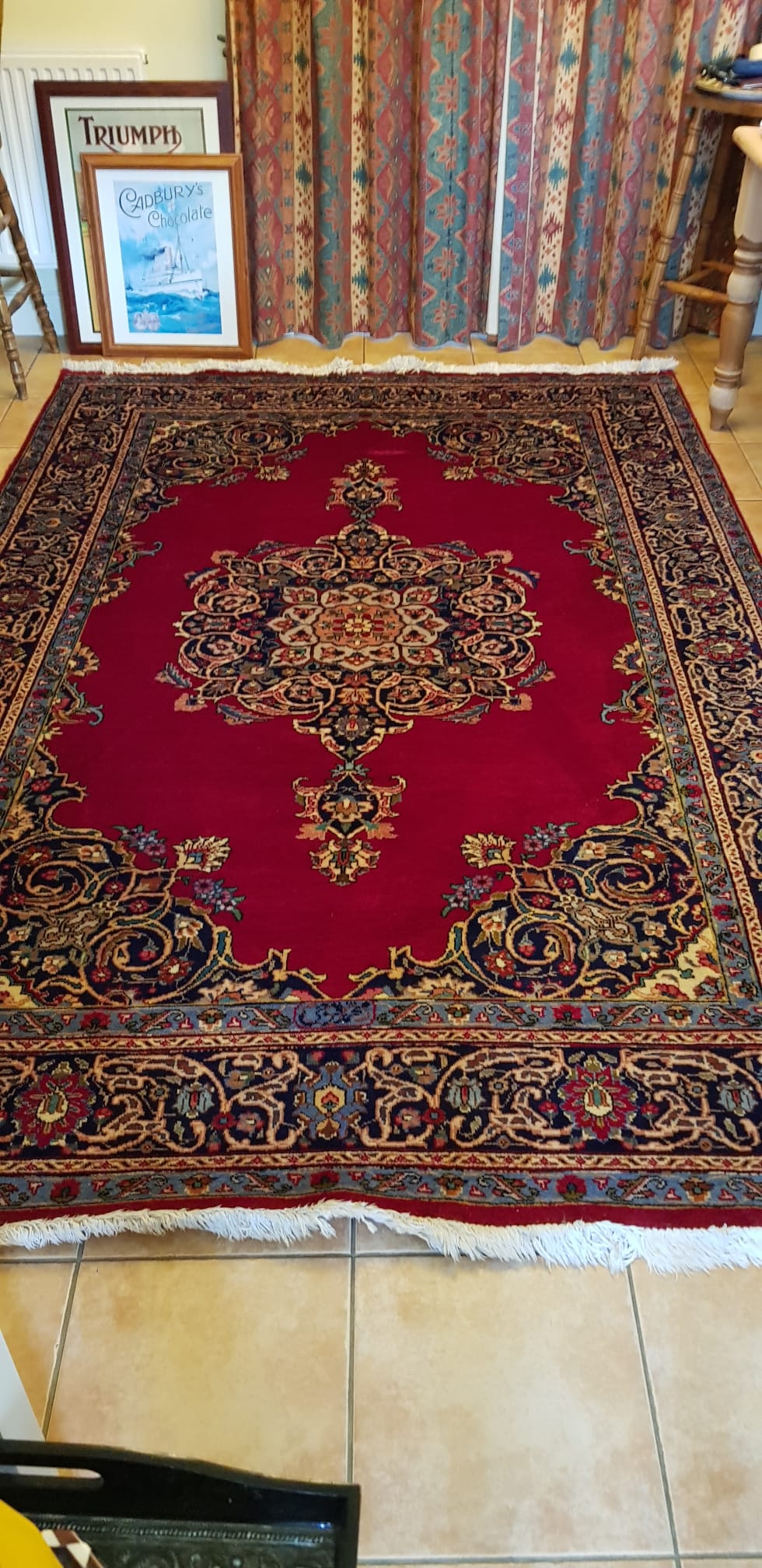TABRIZ CARPETS
A Tabriz carpet is A PERSIAN CARPET from the city of TABRIZ, capital city of east Azarbaijan Province, in the west of Persian now known as Iran. It is one of the oldest rug weaving centres and makes a huge diversity of types of carpets.
The range starts at Bazaar quality of 24 raj (Number of knot per 7 cm of the widths of the rug) and on up to the incredibly fine 110 raj. Raj is the unit of knot density. It shows the rigidity of the rug which based on the number of strings used for the foundation of the rug. Strings materials are usually made of cotton or silk which is used for very fine rugs.
Tabriz has one of the most diverse displays of designs from medallion, Herati/Mahi, to figural, pictorial, and even 3-d shaped rugs.
The major producers in Tabriz today include: Alabaf of Tabriz, Galibafi Nassadji Tabriz, and the Miri Brothers.
Tabriz has been a large and worldwide famous carpet making centre in the Iran and the world. It played a significant role in the development of very rich traditions of the decorative and applied arts.
The art of Tabriz carpet was in its zenith in the 12th-16th centuries. About 200 Tabriz school masterpieces of the classical or “golden” period of the 14th century are characterized by a harmonic merge of the arts of miniature paintings and weaving, by a high level of craftsmanship demonstrated by artists and carpet weavers.

